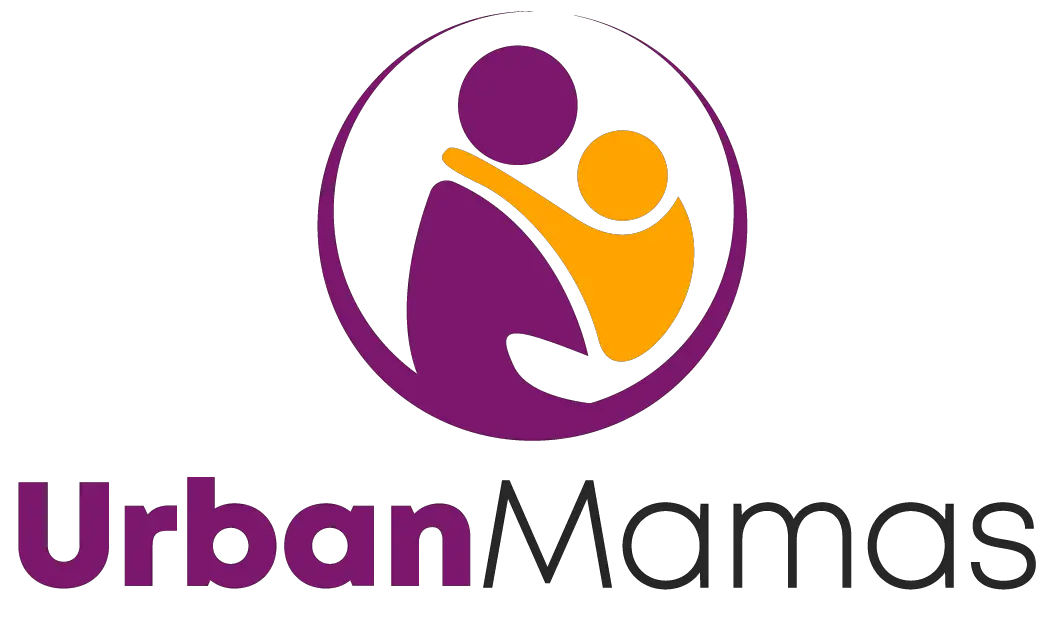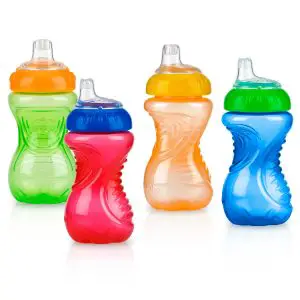Table of Contents
Overview
Many mothers wonder if they need dozens of baby bottles of every size. If you are a new mom, choosing one might be a bit confusing and puzzling. This article will help you decide which bottle you should get for your baby and which size is very appropriate for your baby’s age.
The baby bottle you will be getting will significantly depend on how frequently you choose to bottle feed your little one or plan on exclusively using formula or feeding your baby with expressed milk. On average, it is recommended that you start with four or six baby bottles and teats to get you moving. If you want to more about the different sizes and volumes of baby bottles, then read on.
Getting Started: How many ounces are in a baby bottle?
The baby bottles that you should be getting will be greatly dependent on whether which feeding option you will be mostly doing, bottle-feeding or breastfeeding. If you choose to start mainly on breastfeeding, getting four or five bottles will be enough. If you prefer bottle-feeding, eight to ten bottles should be able to suffice.
Generally, baby bottles come in different sizes or volumes. The most common ones are the 2, 6, 8, and 12 ounces baby bottles. If you are trying to bottle feed a newborn, it will be a good idea to start with the smaller ones, the 2- or 6-ounce baby bottles. The smaller baby bottles are great for newborns since they will be able to consume small amounts in one sitting. Choosing smaller baby bottles for newborns will help you avoid milk wastage since newborns or younger babies can consume small amounts of milk, depending on their appetite. As your baby grows, you can also shift to getting the bigger baby bottles and hold larger volumes. You will need to change baby bottles since of your baby’s growing appetite, and using the bigger baby bottles will be a lot more practical by this time.
The baby bottles that you can buy usually comes with appropriately paired nipples. The smaller bottles often come with slow-flow nipples; however, you will need to replace them once they wear out or once your babies develop an increased appetite. Read more about changing nipples.
Which formula is best for fussy babies
The most common reason babies tend to be very fussy is when they experience colic or tend to be gassy because of their baby formula. Babies can have trouble when it comes to gas, which can be bothersome for both mommy and baby. This is because the underdeveloped or immature digestive of your babies can produce gas from digesting food. A gassy baby is really a fussy baby, and it can be a bit of a hassle for both you and your baby. It is given that burping can help; however, you might want to switch formula milk if it does nothing.
If you are currently nursing and have been trying to look for good formula milk or just looking to switch from one formula to another due to persistent fussiness and gas, we would genuinely love to share the best ones out there. The most recommended formula for fussy babies is the Enfamil Enspire Infant Formula and the Similac Alimentum Hypoallergenic Formula. Both these formula milk are proven effective when it comes to relieving gas pain and fussiness in babies, making you and your baby more comfortable and enjoy a good night’s sleep as well.
What can be mixed with baby formula
All brands of formula that are readily available nowadays have all been proven to be safe for use and able to meet nutrient requirements as well. While brands may differ in composition and ingredient, they have been accepted based on meeting the federal requirements for nutrition and safety.
Generally, you can mix another formula; make sure that it won’t lead to tummy aches and colic. There will be an instance where you will need to mix two different formulas together, and that is when you are shifting from one formula to another. Read more here. Mixing your expressed milk to formula milk is also possible.
All in all, you can mix in baby foods that are safe and comfortable for your baby. You just have to make sure that you are using distilled or sterilized water, sterile bottles and other materials. This is to ensure that your baby’s food will be free from contaminants and other harmful bacteria that might be detrimental to your little one’s health.
Things to consider when choosing and buying baby bottles
Once you have decided on the quantity and the size of baby bottles that you should be buying, it is also important to note that there are essential considerations in doing so. Here are some factors to consider:
- It is essential to consider the time and chance that you will be able to have to clean and sanitize your baby bottles. If you have the time to clean and sterilize the baby bottles right after use, you definitely will not be needing as much.
- If you are working and tend to be very busy, you may want to prepare bottles ahead of time. If you practice this, it is vital that you get the right size of baby bottles and have a few extra ones.
- If there are instances where you may need to leave your baby at granny’s house, at a daycare center, or with a babysitter, you may need to provide extra bottles for them. You will also need to have the exact size for these routines so that the babysitter will prepare just the right amount of milk for your baby to avoid overfeeding.
- Last but not least, you will always have to consider the budget and cost of the baby bottles that you will be getting.
Final Thoughts
Most babies would just take any bottle with a happy giggle and a heartwarming smile. But whatever your choice will be, always make sure that the baby bottle you will choose is appropriate for your baby’s age and appetite. Also, you have to be sure that the baby bottle you are getting will help your little one avoid colic, gas, and too much spit-up.
Truly, bottle-feeding is as beautiful as breastfeeding, and there is no comparison needed between the two. Whatever your choice is, we are all support for finding the best supplies and items for you and your baby as a parent.

